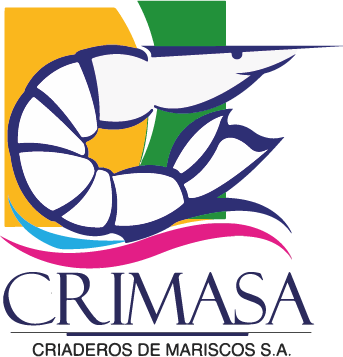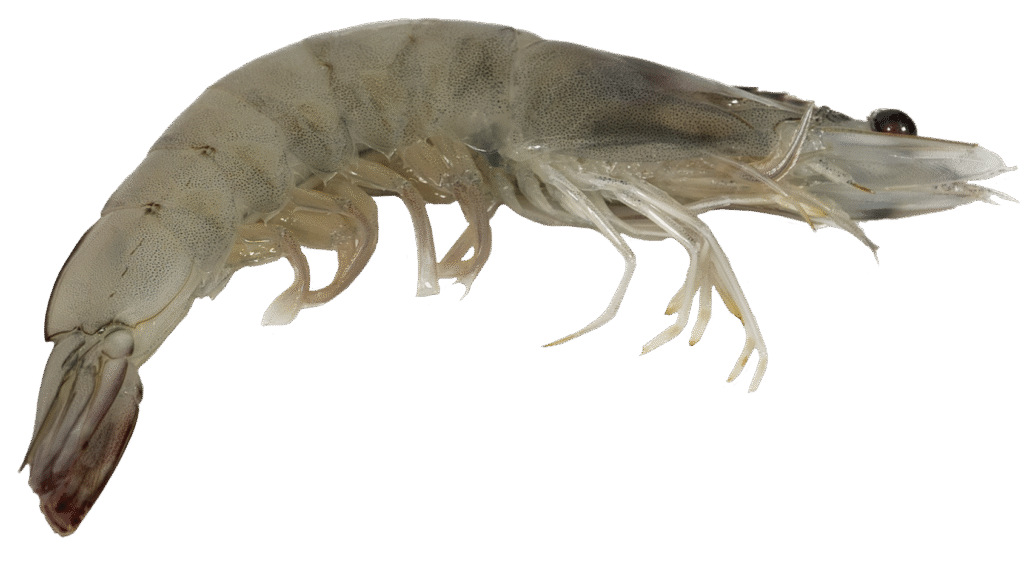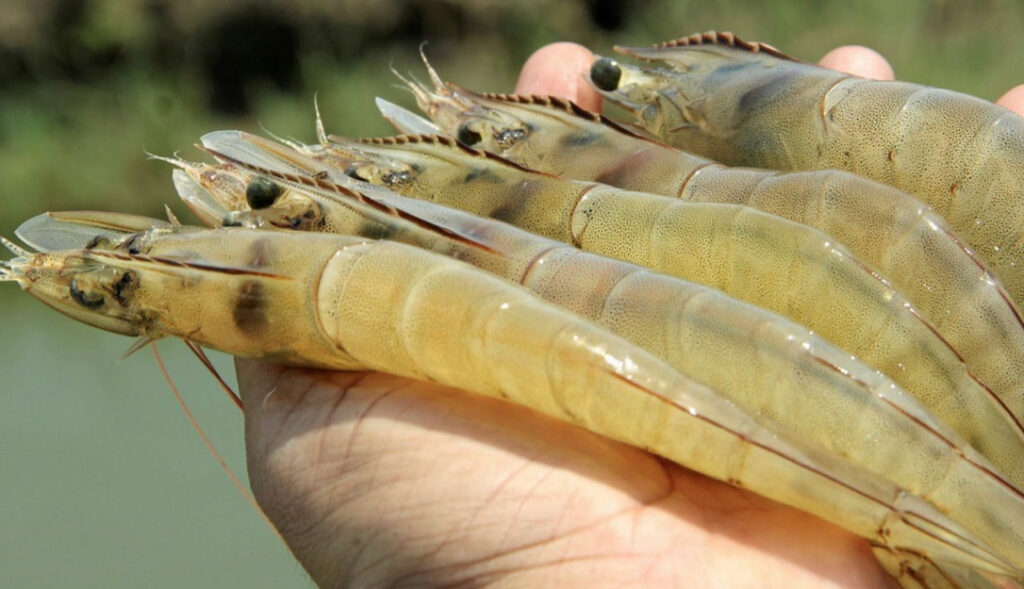Aquaculture
CRIMASA (Criaderos de Mariscos S.A.) operates 30 shrimp ponds that extend across 800 hectares of land, of which nearly 600 hectares are dedicated to water surfaces for cultivation.

OUR FARMS AND PRODUCTION PROCESSES
CRIMASA (Criaderos de Mariscos S.A.) manages 30 shrimp ponds spread across 800 hectares, with about 600 hectares dedicated to water surfaces. The ponds are maintained at depths ranging between 0.60 and 1.2 meters to ensure optimal farming conditions. The operation is supported by a skilled team, including 12 field workers, 3 security personnel, a marine biology engineer, and a biologist’s assistant, all working together to guarantee efficient and sustainable shrimp production.
Sowing
Once the larvae are introduced into the ponds, they are nurtured in a clean, oxygen-rich environment that supports healthy growth. On average, the farming cycle spans about four months, beginning with stocking and concluding at harvest, when the shrimp typically reach 14 grams in weight. Seasonal variations play a key role: during the cooler months, the cycle is slightly shorter, while in the warmer season, higher water temperatures extend the growth period. Depending on customer requirements for larger shrimp, the cultivation process can be extended by an additional one to two months, guaranteeing both premium size and consistent quality across every harvest.

Feeding
The shrimp are raised naturally without the use of artificial feed, relying exclusively on diatoms—a type of phytoplankton that flourish in the ponds through careful fertilization. To monitor growth and health, weekly sampling is carried out, beginning 30 days after the larvae are introduced. During these checks, shrimp are examined and weighed to ensure proper development throughout the farming cycle.

The shrimp are not fed with any type of feed, only diatoms (a variety of phytoplankton) that develop thanks to the fertilization detailed above.
Harvest
At the end of the cultivation cycle, each pond is carefully prepared for harvest, ensuring all quality standards and customer requirements are met. Harvesting is usually carried out directly in the ponds, when the shrimp are most active. To determine the optimal harvest moment, samples are taken to evaluate key factors such as texture, size, taste, and any client-specific parameters.
Once harvested, the shrimp are immediately placed in ice-filled tubs to maintain freshness. They are then transferred into 30 lb. crates, weighed, packed with additional ice, and loaded onto refrigerated trucks for transport to the processing facility. All ice used during harvesting is produced in-house under strict water quality controls, guaranteeing both food safety and product excellence.
